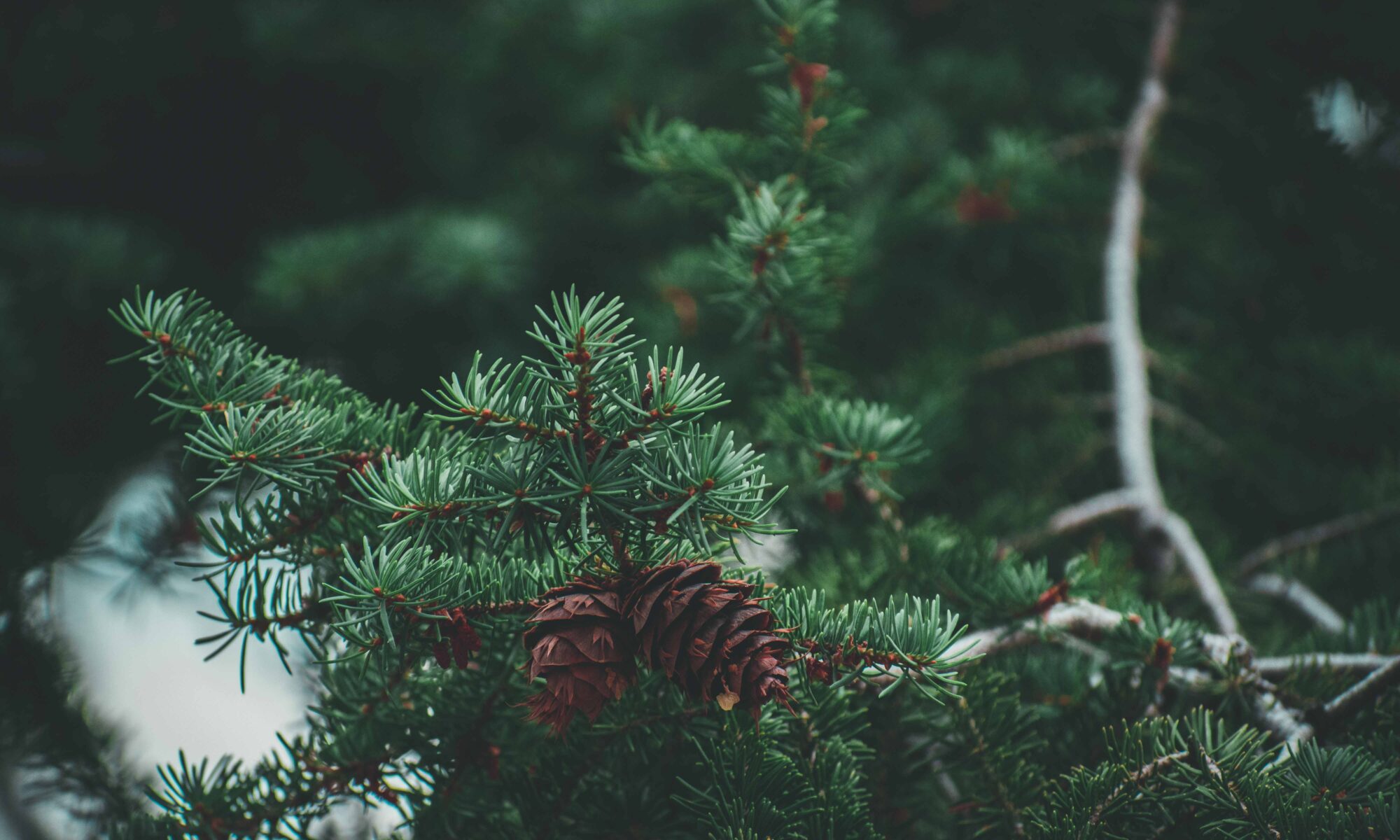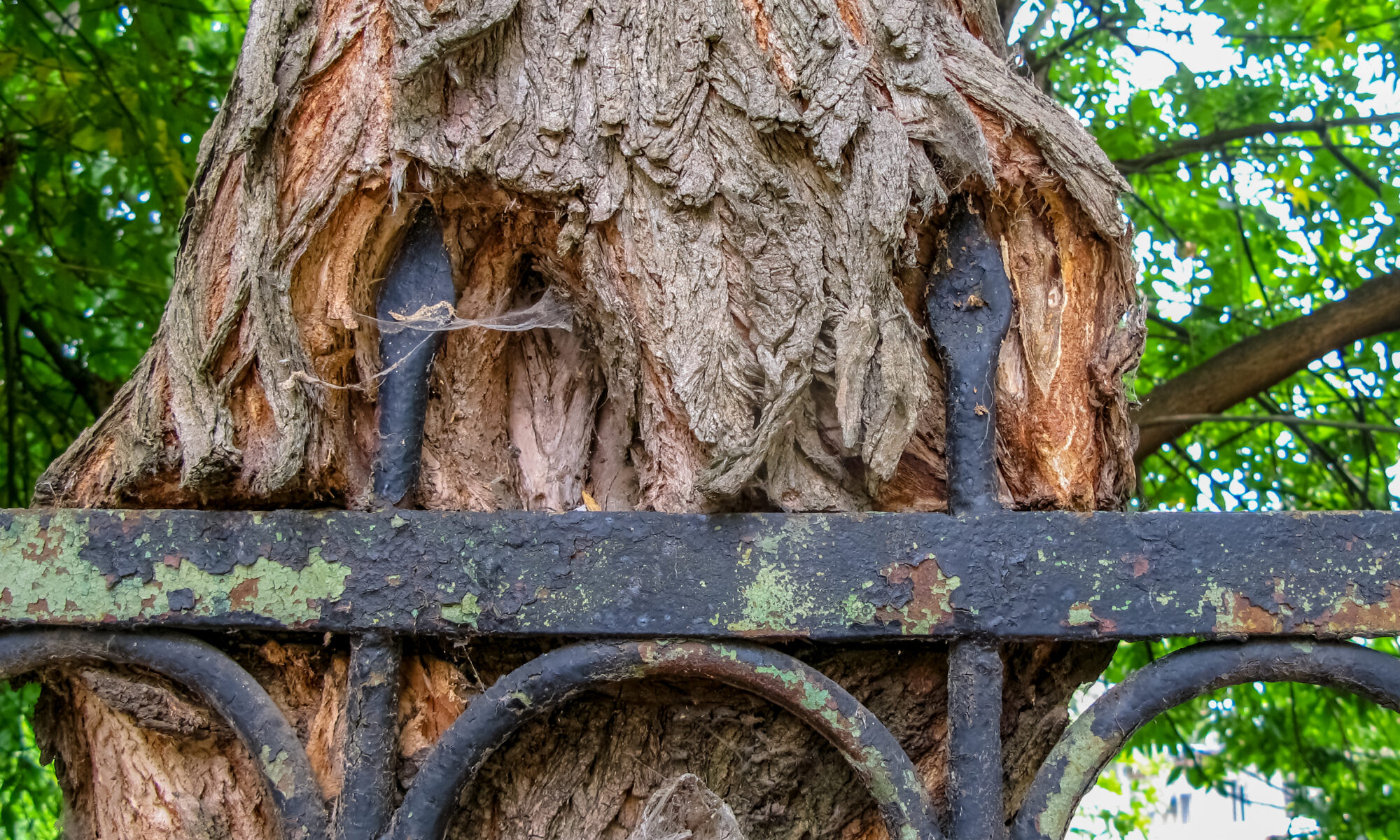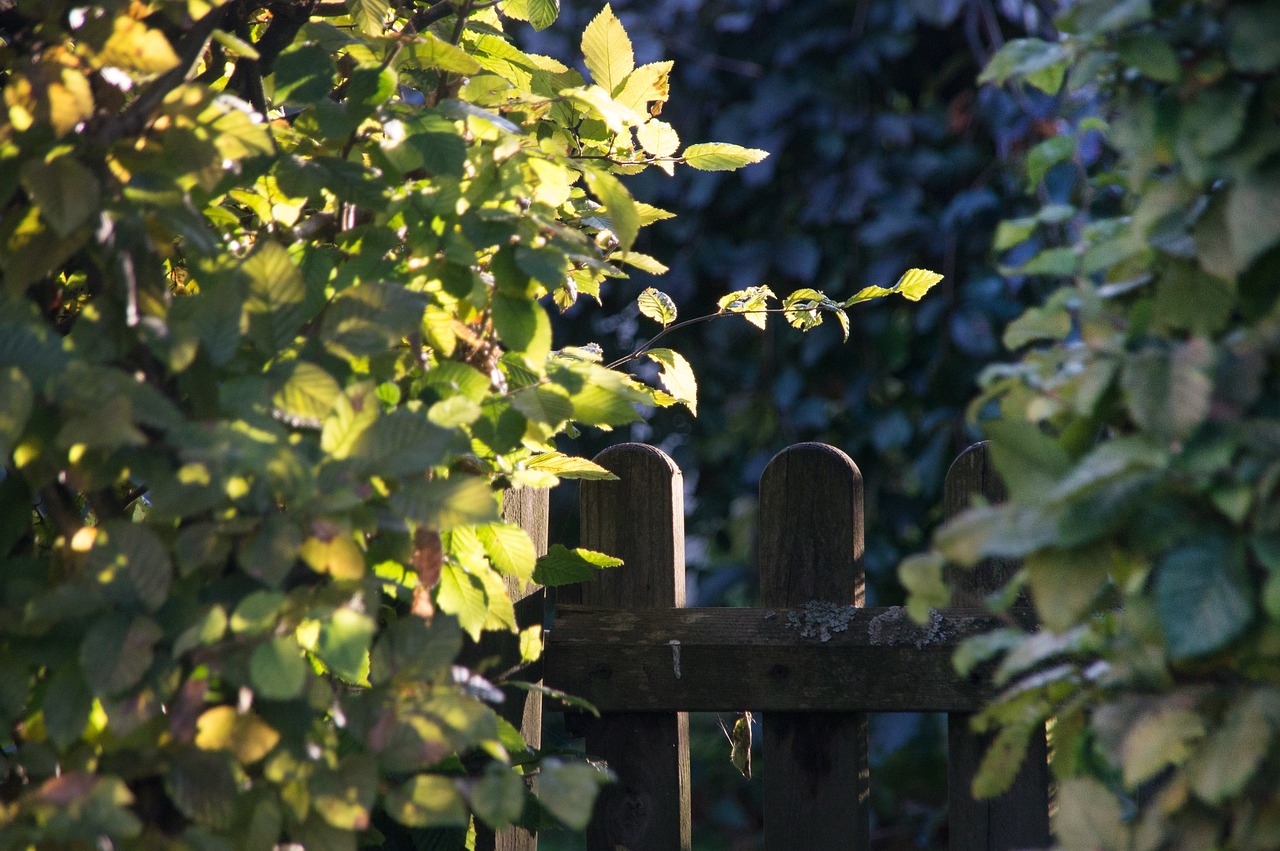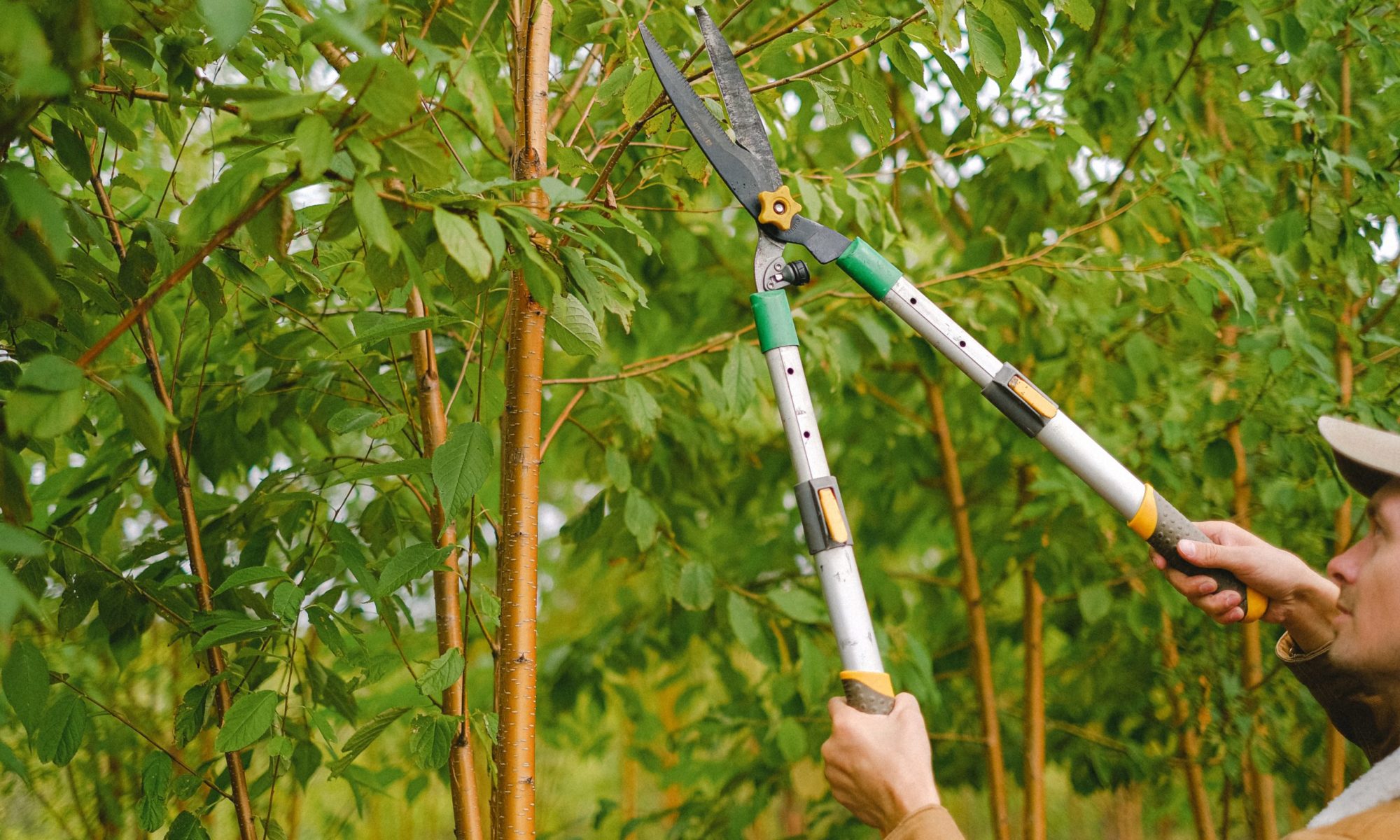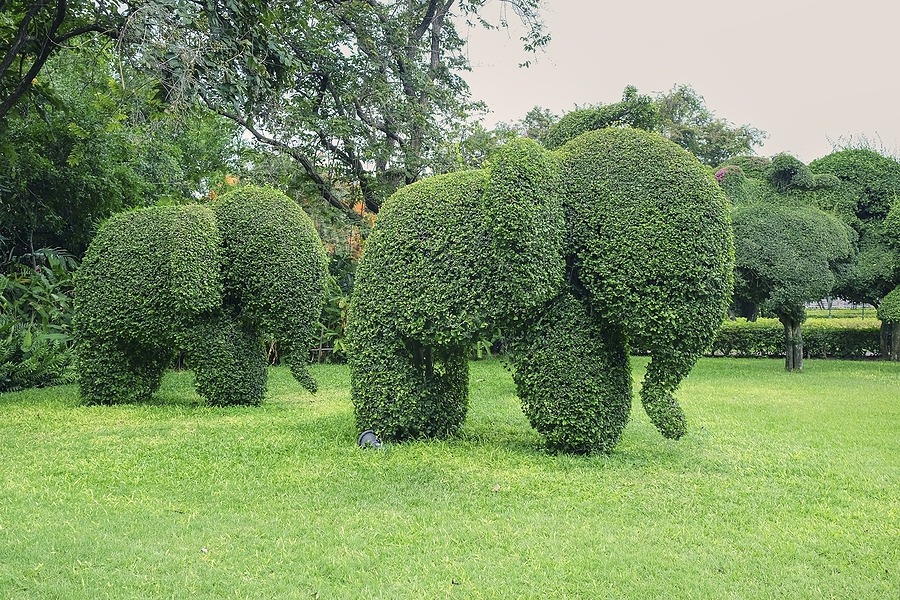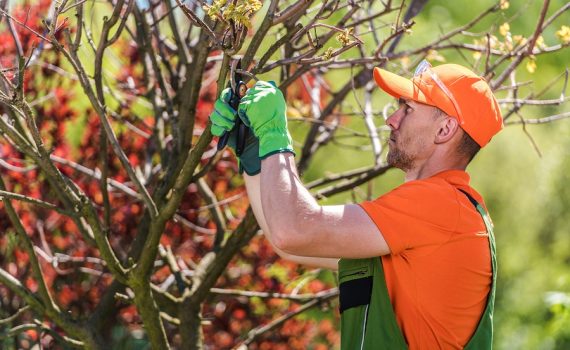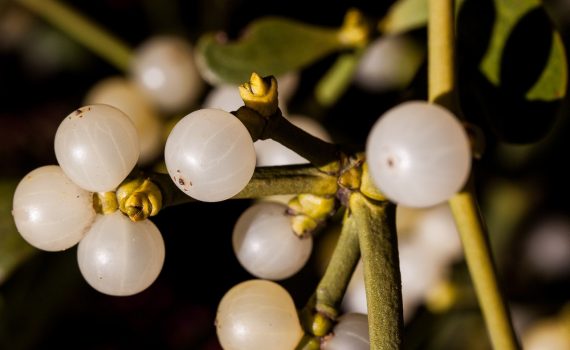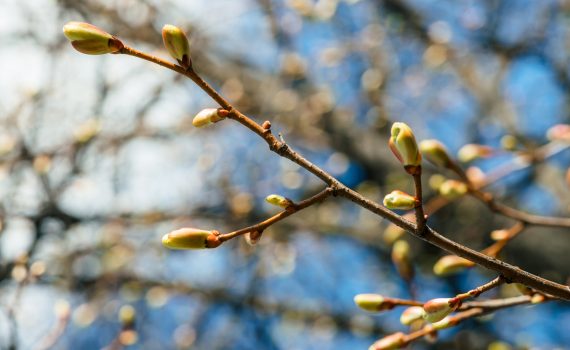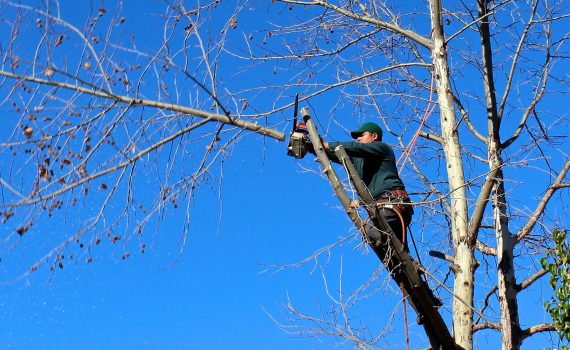Pine trees are more than just evergreen staples in our gardens; they’re living sculptures requiring skill and knowledge to maintain. But even these towering beauties need a bit of care to stay healthy and safe. In this guide, we’ll explore the art and science of trimming pine trees. Whether you’re a seasoned gardener or a newbie to tree care, you’ll find straightforward tips and techniques to keep your pines in top shape.
All About Pine Trees
Pine trees, belonging to the genus Pinus, are evergreen conifers known for their long, slender needles and distinctive cone-bearing characteristics. There are over 120 species of pine trees, which are widely distributed in the Northern Hemisphere. They vary greatly in size, shape, and habitat preferences, but they share several common characteristics.
Types and Common Characteristics
- Variety in Size and Shape: Pine trees can range from small, shrubby species to towering giants. For instance, the Ponderosa Pine can reach heights of over 200 feet, while the Mugo Pine typically grows only 20 feet tall.
- Needles and Cones: Pine trees are known for their needles, which grow in bundles called fascicles. The number of needles in a fascicle can help identify the species (e.g., two to five needles per bundle). Their cones, which can be woody or flexible, vary in size and shape and are key to their reproductive process.
- Bark and Growth: The bark of pine trees can be thick and scaly or thin and flaky, depending on the species. Pine trees are generally fast-growing, especially in their early years, and can live for many decades, some even for centuries.
Why Pine Trees Need Trimming
Trimming, or pruning, is an essential part of pine tree maintenance for several reasons:
- Health: Removing dead or diseased branches helps prevent the spread of decay and pests. It also allows for better air circulation and sunlight penetration, which are crucial for the tree’s overall health.
- Safety: Large or damaged branches can pose a risk if they fall. Regular trimming reduces this risk, especially for pines located near homes, walkways, or power lines.
- Aesthetics: Trimming can enhance the natural shape of the pine tree, promoting a more visually pleasing appearance. It can also control size and prevent overcrowding in landscaped areas.
- Growth Management: Unlike some other trees, pines do not naturally shed their lower branches. Trimming these can help direct the tree’s energy towards new growth and maintain a balanced structure.
In comparison to other trees, pines have a unique growth pattern and structure. Their needle-like leaves and conical shape mean that they respond differently to pruning. Over-pruning or incorrect pruning can lead to stunted growth or an unbalanced shape. Therefore, understanding the specific needs and characteristics of pine trees is essential for effective trimming practices.
The Best Time for Trimming
Determining the ideal time for trimming pine trees is crucial, as it significantly influences their health and growth. The timing of pruning can vary based on the specific species of pine and the climatic conditions of the area, but there are general guidelines that apply to most pine trees.
Ideal Seasons for Trimming
Late Winter to Early Spring
The optimal time for pruning most pine trees is during late winter or early spring, just before the growth season begins. During this period, trees are still dormant, which minimizes stress and allows them to heal quickly once they start actively growing. Additionally, the absence of foliage makes it easier to see and access the branches that need trimming.
Avoid Fall Pruning
It’s generally advised to avoid pruning pine trees in the fall. Cuts made during this time are slower to heal, increasing the risk of disease and pest infestation. The cooler and wetter conditions common in fall can also contribute to fungal growth.
Weather Conditions for Trimming
Dry Weather: Pruning should ideally be done on a dry day. Wet conditions can facilitate the spread of diseases, as many tree pathogens are waterborne.
Mild Temperatures: Extremely hot or cold temperatures can stress the tree. Mild, temperate weather is preferable, as it provides a stable environment for the tree to recover post-pruning.
How Timing Affects Health and Growth
- Healing and Recovery: Proper timing ensures that the tree can heal quickly and efficiently. Trimming at the right time reduces the risk of diseases entering through the cuts.
- Growth Stimulation: Trimming during late winter or early spring stimulates new growth as the tree exits its dormant phase. This leads to a burst of fresh, healthy foliage.
- Disease and Pest Management: By avoiding seasons when pests and diseases are most active (like late spring and summer), you reduce the risk of infestations and infections.
- Shaping and Size Control: Pruning at the correct time helps maintain the desired shape and size of the tree, as it allows for controlled new growth in the growing season.
While the ideal timing for trimming pine trees might vary slightly based on local climate and specific species, adhering to the general guideline of late winter to early spring pruning will ensure the healthiest and most robust growth for your pine trees. Avoiding adverse weather conditions and timing your trimming efforts to align with the tree’s natural growth cycle are key factors in successful pine tree maintenance.
Trimming Techniques
Step-by-Step Guide:
- Inspect the Tree: Identify dead, diseased, or unsafe branches.
- Remove Smaller Branches: Start with pruning shears or loppers for smaller branches.
- Cut Larger Branches: Use a saw for branches thicker than 1.5 inches. Make a small notch on the underside of the branch before cutting through from the top to prevent bark tearing.
- Trim from the Bottom Up: Remove lower branches first and gradually work your way up.
- Make Clean Cuts: Cut at a slight angle, away from the trunk, without leaving a large stub.
Techniques for Different Ages and Cases:
Young Trees: Focus on shaping. Remove only diseased or crossing branches.
Mature Trees: Prioritize safety and health. Remove dead or dangerous branches.
Damaged/Diseased Branches: Cut well beyond the affected area to ensure complete removal of diseased tissue.
Common Mistakes to Avoid
- Over-Trimming: Never remove more than 25% of a tree’s crown in one season.
- Improper Cuts: Avoid flush cuts against the trunk; always cut outside the branch collar.
- Topping: Never cut the top off a pine tree, as it can lead to weak growth and disease.
- Wrong Timing: Avoid pruning during fall or in extreme weather conditions.
Aftercare for Trimmed Pine Trees
- Watering: Ensure adequate hydration, especially in dry periods.
- Mulching: Apply organic mulch around the base to retain moisture and regulate soil temperature.
- Fertilizing: Consider a balanced fertilizer if the tree shows signs of poor growth or nutrient deficiency.
Signs of Stress and Management:
- Yellowing Needles: Can indicate water stress or nutrient deficiency.
- Sparse Growth: Might require fertilization or improved watering practices.
- Wilted or Drooping Branches: Often a sign of over-watering or root damage.
Regular monitoring and appropriate aftercare will help ensure the health and vitality of your pine trees following trimming activities.
Hiring Professionals vs. DIY
When to Call in Professional Arborists:
- Large or High Branches: If the branches are too high or large for you to safely reach.
- Close to Power Lines: Trimming near power lines poses serious risks and often requires professional expertise.
- Signs of Disease or Major Damage: Professionals can accurately diagnose and treat complex tree health issues.
- Uncertainty: If you’re unsure about the proper technique, it’s safer to consult a professional.
Pros and Cons of DIY Trimming:
PROS
- Cost-Effective: Saves money compared to hiring professionals.
- Flexibility: Allows you to work on your own schedule.
- Skill Building: Develops your gardening and tree care skills.
CONS
- Safety Risks: Potential for injury due to falls or improper tool use.
- Improper Techniques: Lack of expertise can lead to damage to the tree.
- Time-Consuming: Requires significant time and effort, especially for larger projects.
Trimming pine trees is an essential part of their care, contributing to their health, safety, and aesthetic appeal. From understanding the right timing and techniques to choosing the proper tools, every aspect plays a role in the tree’s overall well-being. Remember, while DIY trimming is an option for smaller tasks, don’t hesitate to call in professional arborists for more complex or risky jobs. Regular maintenance, coupled with proper aftercare, ensures your pine trees remain a vibrant and safe part of your landscape for years to come.
Takeaway Message: Whether you’re a seasoned gardener or a beginner, the health and safety of your pine trees depend on informed care and maintenance. Embrace the joy of gardening, but also recognize when it’s time to call in the experts.
Do you need help with your pine tree trimming? Unsure if it’s a job for a DIY enthusiast or a task for a professional? Contact Sexy Trees today! Our team of certified arborists can provide expert advice and services, ensuring your pine trees get the care they deserve. Don’t risk the health of your trees or your safety – let Sexy Trees handle your tree trimming needs. Reach out now to schedule a consultation and give your pine trees the professional touch they need!
 Bringing Sexy Back Into Your Yards
Bringing Sexy Back Into Your Yards 
